Previous - Andorran coins before euro
Andorran euro coins - catalog with values
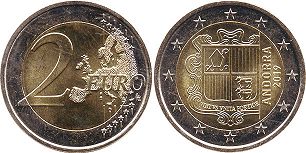
2 euro 2019 (2014- )
bi-metallic - nickel-brass/copper-nickel
2 EURO
VIRTVS VNITA FORTIOR / ANDORRA 2019
Coin value ~ 5-7 USD
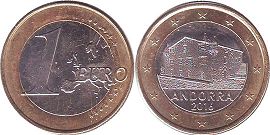
1 euro 2016 (2014- )
bi-metallic - copper-nickel/nickel-brass
1 EURO
VIRTVS VNITA FORTIOR / ANDORRA 2016
Coin value ~ 6-8 USD
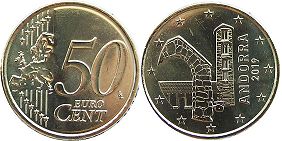
50 euro cent 2019 (2014- )
brass
50 EURO CENT
ANDORRA 2019
Coin value ~ 2-3 USD
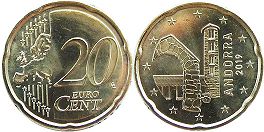
20 euro cent 2019 (2014- )
brass
20 EURO CENT
ANDORRA 2019
Coin value ~ 2-3 USD
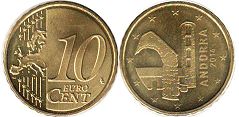
10 euro cent 2014 (2014- )
brass
10 EURO CENT
ANDORRA 2014
Coin value ~ 1-2 USD
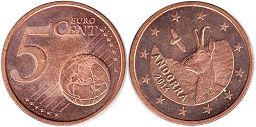
5 euro cent 2014 (2014- )
copper plated steel
5 EURO CENT
ANDORRA 2014
Coin value ~ US$1
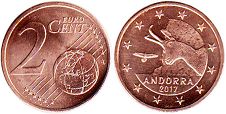
2 euro cent 2017 (2014- )
copper plated steel
2 EURO CENT
ANDORRA 2017
Coin value ~ US$1

1 euro cent 2017 (2014- )
copper plated steel
1 EURO CENT
ANDORRA 2017
Coin value ~ US$1
Euro coins of other countries
AustriaBelgium
Croatia
Cyprus
Estonia
Finland
France
Germany
Greece
Italy
Ireland
Latvia
Lithuania
Luxembourg
Malta
Monaco
Netherlands
Portugal
San Marino
Slovakia
Slovenia
Spain
Vatican
Costs of Andorra euro coins in this catalog approximate and indicated specifically for the coin shown in the picture.
I do not buy or sell coins - this is just a catalog.

